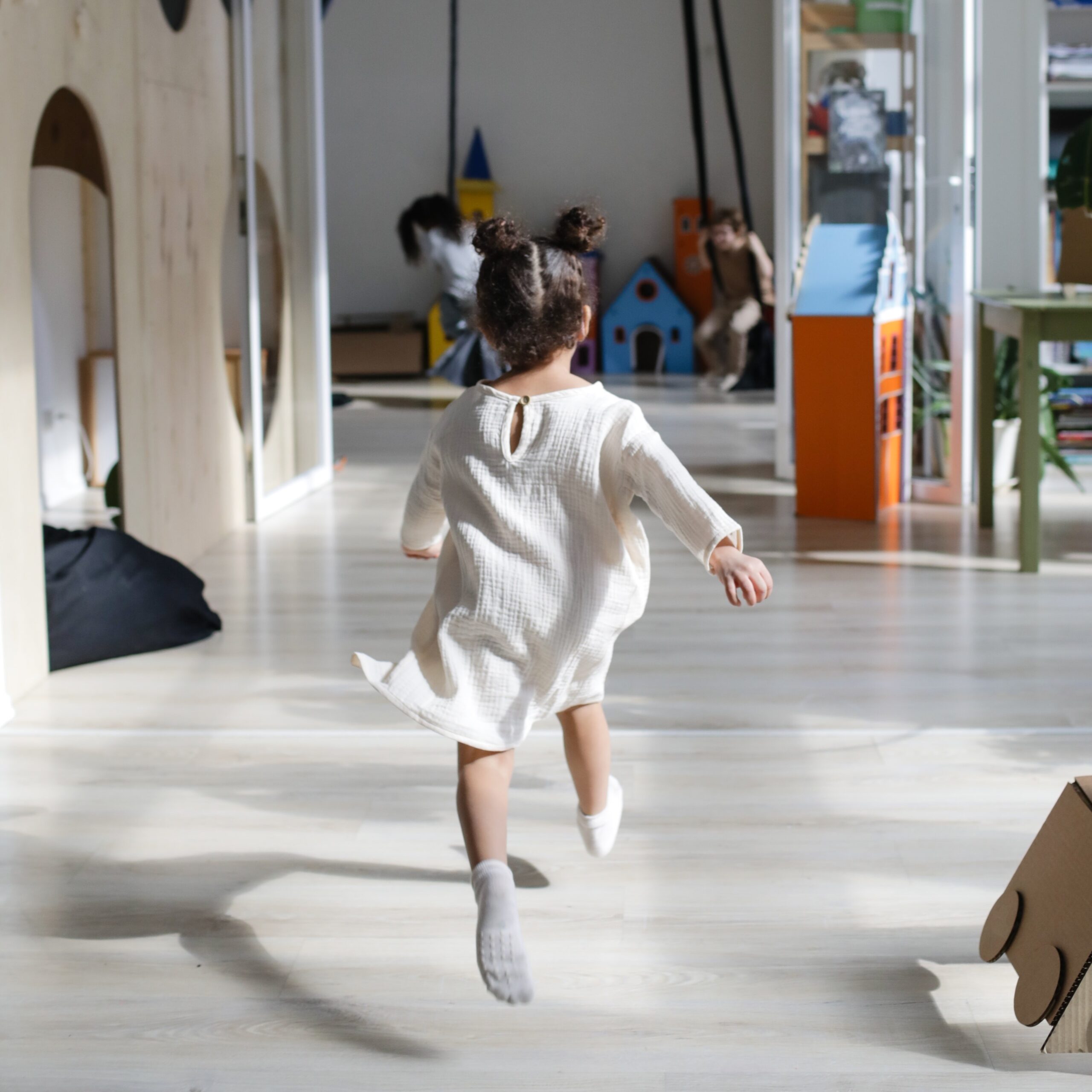No. 77: Install movement sensors for lights and cooling
No. 77: Install movement sensors for lights and cooling
Number 77
Learn why you should do this:
Installing movement sensors for lights and cooling in schools is a simple yet effective way to save energy and reduce utility bills. These sensors detect when a room or space is occupied and automatically turn on the lights or cooling system, and turn them off when the space is empty. This not only reduces energy waste but also saves money on utility bills, making it a financially sound investment. In addition, this approach has environmental benefits as it reduces energy consumption and greenhouse gas emissions, contributing to a more sustainable future.
According to a study by the US Department of Energy, lighting accounts for 17% of electricity use in commercial buildings, while HVAC systems (heating, ventilation, and air conditioning) account for 40% of energy use. Installing occupancy sensors for lighting and cooling can lead to significant energy savings. In fact, the same study found that implementing occupancy sensors in classrooms alone can reduce lighting energy use by 24% and HVAC energy use by 18%.
Furthermore, the installation of movement sensors in schools is beneficial for educational purposes. It creates an opportunity for students to learn about energy efficiency and sustainability. By observing how the sensors work and understanding how their behavior impacts energy usage, students can develop a deeper understanding of environmental issues and learn to be responsible for their actions.
In addition to providing educational benefits, installing movement sensors can also be financially advantageous for schools. According to the US Environmental Protection Agency, schools can save up to 30% on energy bills by implementing energy-efficient practices. By reducing energy waste and consumption, schools can save a considerable amount of money on utility bills. These savings can then be invested in other educational programs, such as student resources or teacher training.
One example of a successful implementation of movement sensors in schools is the Twin Rivers Unified School District in California. The district installed occupancy sensors in classrooms and hallways, resulting in a 26% reduction in energy consumption and a savings of $200,000 in utility bills annually. The district’s energy manager, Tim Simmons, noted that the installation of sensors not only led to financial savings but also contributed to a culture of sustainability in the school district.
In conclusion, the installation of movement sensors for lights and cooling in schools has environmental, educational, and financial benefits. By reducing energy waste and consumption, it not only saves money on utility bills but also contributes to a more sustainable future. It also provides an opportunity for students to learn about energy efficiency and sustainability, while enabling schools to invest in other educational programs. Schools can look to the success of the Twin Rivers Unified School District as an example of the positive impact of implementing this energy-efficient practice.
Sources:
-
Energy Saving Trust. (2022). Automatic controls. Retrieved from https://energysavingtrust.org.uk/home-energy-efficiency/energy-efficient-heating-and-lighting/automatic-controls
-
Natural Resources Defense Council. (2018). Smart Buildings: Using Smart Technology to Save Energy in Existing Buildings. Retrieved from https://www.nrdc.org/sites/default/files/smart-buildings-IP.pdf
-
U.S. Department of Energy. (n.d.). Lighting Controls. Retrieved from https://www.energy.gov/eere/femp/lighting-controls
-
Rocky Mountain Institute. (2016). Integrating Plug Load Control Strategies into Commercial Buildings: A Guidebook for Working with Tenants, Building Staff, and Energy Service Providers. Retrieved from https://rmi.org/wp-content/uploads/2017/04/RMI-Integrating-Plug-Load-Control-Strategies-into-Commercial-Buildings-Full-Report.pdf

All 100 ideas in one, easy to share ebook. Download now and start helping your school be its best version of itself...
Downloaded over 17,000 times!

More ways to make a difference, now!
No. 98: Install low-VOC carpets and flooring
Number 99 Carbon-negative flooring materials, such as bamboo and cork, can have environmental and financial benefits for schools. These materials have a low carbon footprint and can help reduce energy consumption and maintenance costs. Additionally, they are durable...
No. 50: Encourage cool clothing in hot weather & reduce AC
Number 50 This article discusses the environmental and financial benefits of encouraging cool clothing in hot weather and reducing AC usage in schools. Experts recommend the use of energy-efficient fans and designing buildings with natural ventilation. As the...
No. 52: Consider switching to geothermal heating systems
Number 52 This article discusses the environmental and financial benefits of switching to geothermal heating systems in schools. Geothermal energy can provide a sustainable and cost-effective heating solution while reducing carbon emissions. It also includes data and...





